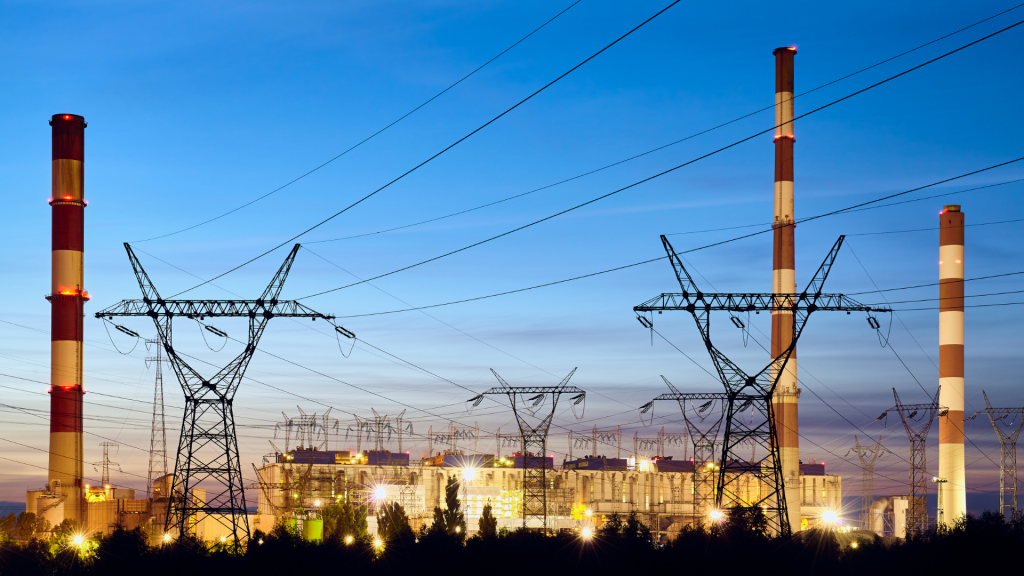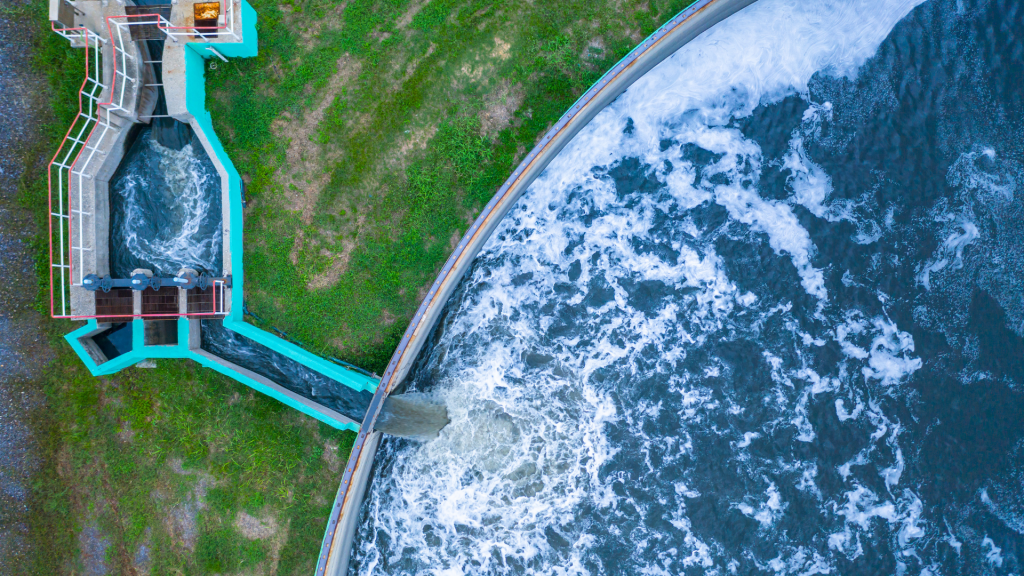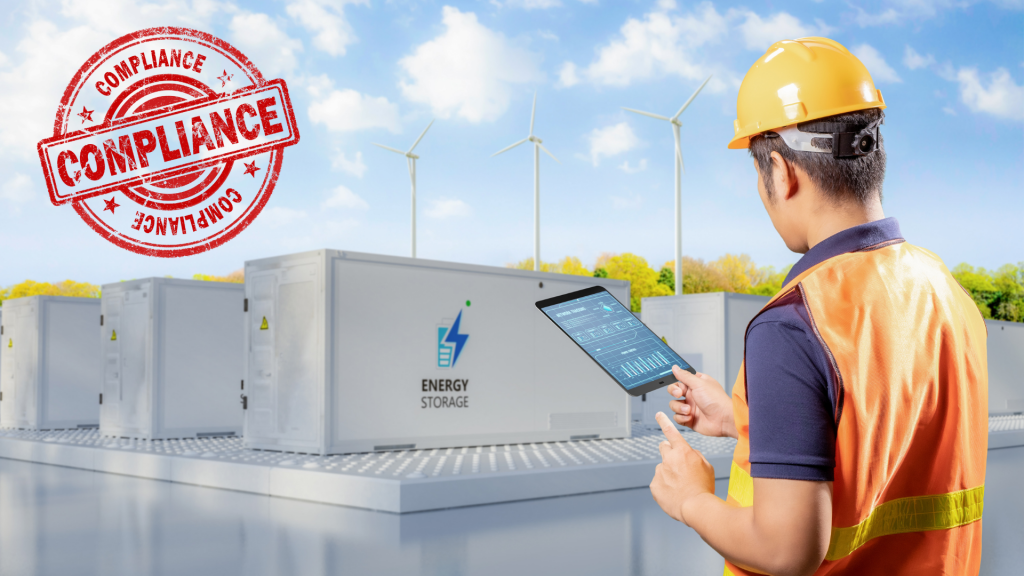Energy, Environment, & Water Cybersecurity
Energy, Environment, & Water cybersecurity with cyberelements: Zero Trust IAM protecting critical infrastructure, ensuring compliance, and securing operational continuity.
Critical Infrastructure: The Energy & Water Cybersecurity
Energy and water are essential to everyday life, economic stability, and national security. Disruption in electricity or water services can paralyze entire regions, making these sectors prime targets for cyberattacks. The 2021 Colonial Pipeline attack is a stark reminder of the potential impact of such incidents.
Energy and Water cybersecurity as a security imperative worldwide:
Globally: Governments advocate an “all-hazards” strategy, emphasizing protection across every potential vulnerability. International focus on safeguarding electricity subsectors due to their role in national resilience.
European Union: ENISA reports over 200 cyber incidents in 2023 targeting the energy sector, over half in Europe. 32% of energy operators lack SOC monitoring of critical OT processes. Only 52% use unified SOCs for both IT and OT environments. EU initiatives such as Cyber Europe stress preparedness and regulatory alignment under NIS2.


Customer Story
Corrib Oil secures external third party access with cyberelements Privileged Access Management solution
cyberelements is a set and forget solution.
We have alot of third parties coming in, in different ways and means and it is very hard to keep it up with that. As a result emplementing a PAM solution gives a better peace of mind from a point of view of knowing better what's happening on your network and your network is more secure. Even internally, you can use it for IT admins as well.
The implementation proccess was quick and easy. You start with a demo and you basically have a solution at hand.
Michael Geraghty - CIO @ Corrib Oil
Case Study: Water Treatment Facilities
For CISOs in regional water treatment organizations, ensuring cybersecurity means spanning IT and OT environments.

Regulatory frameworks such as NIS2 impose strict requirements, often raising questions about the scope of applicability. For instance:
- Control and command systems are typically classified as critical infrastructure.
Many of these organizations also manage personal citizen data, bringing them under the scope of GDPR. A clear example:
- Identifying individuals with critical health conditions whose access to water and electricity is life-dependent, making any service disruption a serious risk.
The sector’s heavy reliance on contractors and third-parties introduces further complexity. Threat scenarios include:
A malicious subcontractor employee altering pump configurations.
Unauthorized access to SCADA systems via remote desktop tools used by external technicians.
Supply chain attacks remain a top threat vector for the water treatment sector.
- Supply chain attacks have been reported for smaller cities exposing their infrastructure to the internet.
The cyberelements Main Features for Energy, Environment, & Water Cybersecurity
Secure remote access for remote maintenance
The electricity, gas, and water industries rely heavily on subcontracting to support both operational and IT activities.
This often results in remote access to OT (Operational Technology) critical infrastructure by external contractors, frequently from mobile or unmanaged devices such as tablets. On the IT side, organizations increasingly depend on cloud-based infrastructures to delegate IT management and control operational costs more effectively.
In the water industry, water quality testing is often outsourced to third-party laboratories. These laboratories require access to data from water treatment facilities to conduct their analyses. While these labs may not fall under the classification of essential or important service operators, their access to sensitive systems introduces significant cybersecurity risks. Therefore, this access must be strictly monitored and controlled.
The cyberelements platform is built natively to support secure remote access. It enforces Zero Trust principles, ensuring that only authorized users can connect to IT and OT environments, while blocking all unauthorized access attempts. Key capabilities include:
Clientless Web Access
Eliminating the need to deploy and manage endpoint clients
Generic Tunneling
Allowing MSPs and external contractors to securely connect using their own tools
Policy-Driven Approach
Seamless access control, identity verification, and session monitoring
Built-in Organizational and Network Segmentation
In the energy and water sectors, cyber attackers often exploit IT networks to reach poorly segmented OT systems. Effective IT/OT segmentation is essential to block lateral movement and protect critical infrastructure—especially as organizations adopt unified remote access solutions.
These enterprises typically operate across multiple sites and regions, requiring robust interconnectivity while maintaining local autonomy. At the organizational level, many include both regulated and non-regulated entities, each demanding distinct access and compliance controls.
Multi-tenant architecture
Deploy a single platform while isolating multiple entities (IT/OT, regulated/non-regulated)
Organizational segmentation
Structure access by business units, compliance zones, or operational boundaries
Network segmentation
Double-barrier architecture with Edge Gateways deployed in resources LANs
Zero Trust Access A Must for Energy & Water Cybersecurity
The Zero Trust model offers a modern, effective approach to managing access to IT and OT systems—particularly well-suited to the complex environments of the energy, environment, and water sectors.
Zero Trust assumes all access is untrusted by default, aligning perfectly with highly distributed networks and multi-site operations.
cyberelements as a Zero Trust IAM platform offers:
- Built-in security control such as MFA & context-aware access
- Full audit & traceability (who accessed to what, when, from where & under what conditions)
- All audit data transfer to the SIEM of the SOC
- Privileged access & critical asset protection
With Zero Trust, organizations in the energy and water industries gain the visibility, control, and security posture required to comply with regulations and defend against evolving cyber threats.
Comply with cyberelements
Energy, Environment, and Water Cybersecurity Compliance
The energy and water industries are heavily regulated sectors worldwide, reflecting the essential role of electricity, gas, and water in the daily lives of citizens. Each country operates its own regulatory authority:
CRE
France
Ofgem
United Kingdom
FREC
United States
CER
Canada
Bundesnetzagentur
Germany
The Agency for the Cooperation of Energy Regulators (ACER) coordinates national regulators across the EU. In 2024, ACER published a report on Coordinating Energy Infrastructure (CEI) to address the growing interdependence of industries through digital integration.

NIS2 Compliance: Identity and Access Management in the Energy Sector
Identity and Access Management (IAM) is a central focus, requiring energy operators to establish precise control over how identities and privileges are assigned, used, and monitored.
NIS2 mandates that organizations must:
Separate administrative and business IT systems, including the devices employees use to access each environment. Administrative accounts must be entirely distinct from business user accounts.
Apply the principle of least privilege for all access to IT resources. Access must be granted only for the minimum level of permissions required, and only for the time needed (Just-In-Time access). Once the task is completed, all rights and connections must be revoked to prevent vulnerabilities.
- Use only individual accounts, which must be traceable and comply with strict credential policies. This includes:
Password Management
Password rotation or one-time-use credentials
Credential Exposure Control
Credentials are not disclosed to end users
Secure Authentication
Enforcement of secure authentication practices
The cyberelements Zero-Trust IAM platform is designed to help organizations in the energy, environment, and water sectors meet regulatory requirements efficiently, securely, and cost-effectively.
The most efficient way to experience its value is to try it yourself. Click “Start Now,” and in just three minutes, you can begin configuring the platform and fast-track your path to compliance.
Would like to go further?
Energy Cybersecurity: The Electricity, Environment & Water sectors
IAM Zero Trust Enabler for the electricity, environment, & water sectors It is needless to highlight the criticality of energy and water infrastructures to the